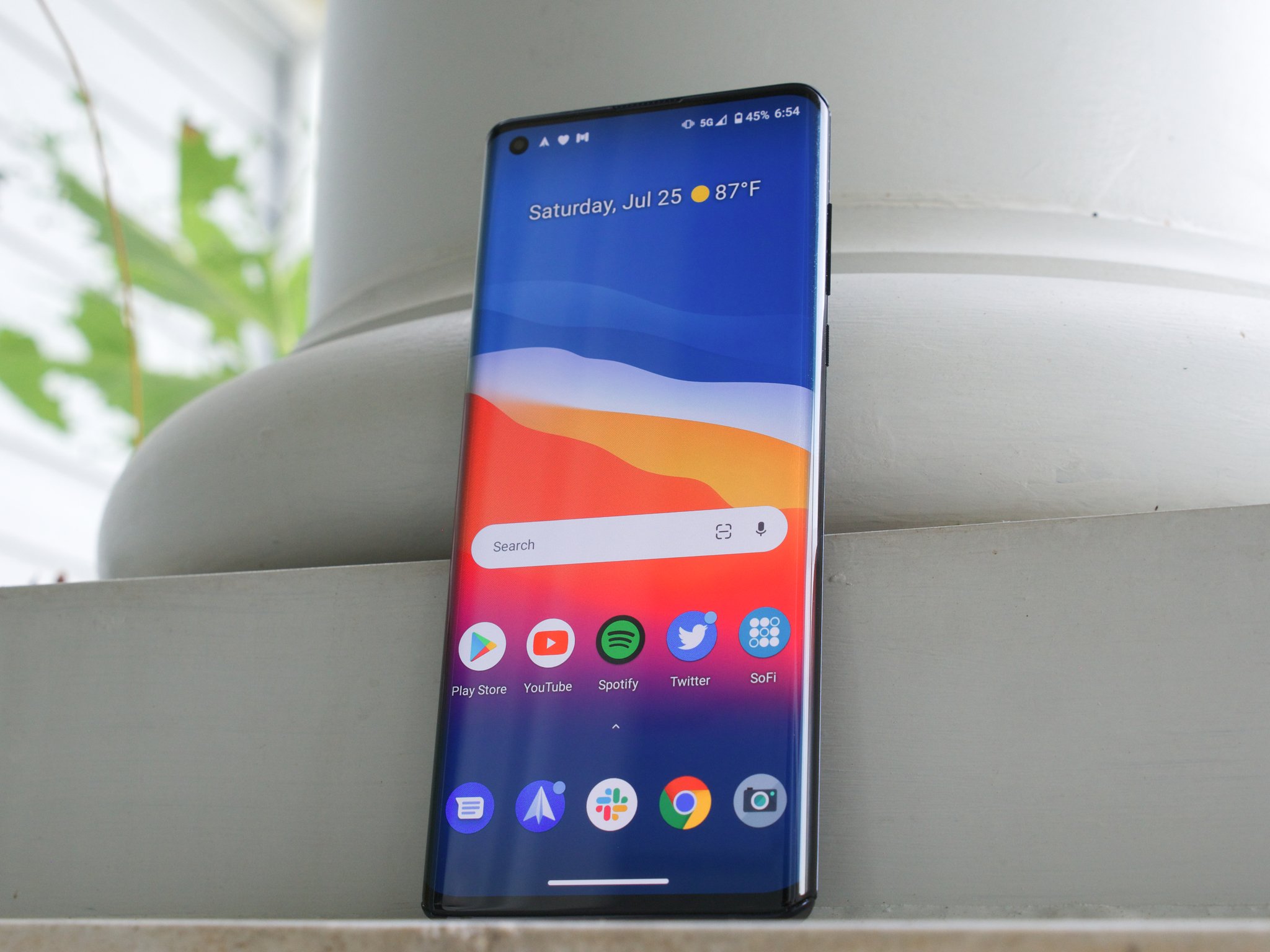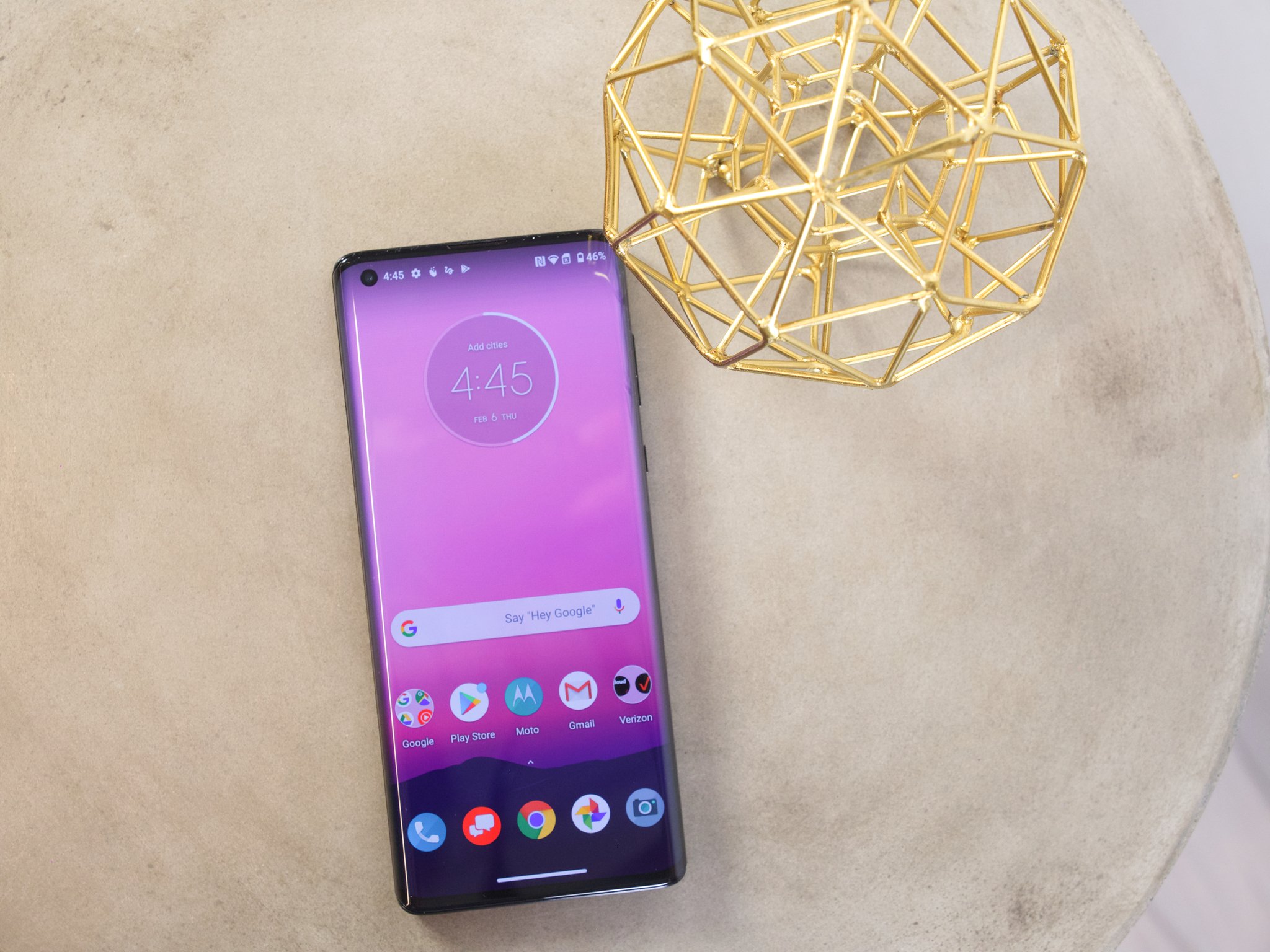It's basically like a Pixel, only better.
The world of Android is vast and ever-changing. Not only does Google give us a bundle of new goodies to play with every year, but lots of companies also tweak and customize the platform to add new design elements, features, and more. This is why we have things like One UI from Samsung, OnePlus's OxygenOS, and so on.
Thanks to the nature of my job here at Android Central (and long before as a nerdy teenager that just had a passion for the platform), I've been privileged to play around with almost every take on Android that exists. There are some that I love, ones I'm indifferent on, and others I simply can't stand. Among all of these various Android interfaces, one that continually sticks out to me as something special is Motorola's.
Motorola's Android software tends to take a back burner to some of the other options out there, and if you ask me, that's a darn shame. Given that Motorola is quickly starting to find its footing again in the flagship space, I wanted to take some time today to explain exactly why I enjoy Motorola's software so much and why it's one of the best ways to experience Android.
Let's start with the overall design/aesthetic, which is virtually identical to what you'd on a Google Pixel phone. While "stock Android" doesn't really exist in 2020 the way it did a few years ago, this is what I think of when I imagine a clean and unadulterated version of the operating system. Whether you want to call it "Google's Android" or the "Pixel Theme," I think this is the most visually-pleasing flavor of Android currently available.
Design is obviously a highly subjective thing, but for my personal taste, this is the best Android looks in 2020. It's easy on the eyes, everything is laid out nicely, and it just looks like Android as Google intends it to be. Another big reason why Motorola's software looks so darn good is the fact that it isn't bogged down by unnecessary bloatware, which is something you can't say for companies like Samsung and LG.
Pick up any modern Motorola phone, and you won't find any duplicate apps of any kind. Google Messages is used as the default texting app, Google Photos is the only pre-installed gallery app, Google Phone is the dialer app, etc. Rather than go out of its way to re-create services that already exist, Motorola just lets Google do what it does best. The end result is a phone that feels lightweight, user-friendly, and isn't caught in the middle of an ongoing services feud. When you take that kind of software and place it on a phone like the Motorola Edge or Edge+, you get something that feels every bit as snappy and responsive as a Pixel 4.
Mimicking Google is one thing, but that's not all Motorola does. Instead, it takes that near-perfect formula and builds upon it in ways that are genuinely useful.
Similar to all Motorola phones having that super-clean aesthetic, they also ship with a pre-installed "Moto" app. It's one of the few custom apps Motorola includes (the others being FM Radio and Device Help), and it's where you find all of the custom software features the company has become so well known for over the years. Some of these are more useful to me than others, but the fact that everything is all accessible in this one location rather than strewn about confusingly through the settings makes the whole execution so much better.
Part of the app houses Moto Actions, which are various gestures you can do to perform certain actions on your phone. Hands down, the two most convenient are Quick Capture and Fast Flashlight. These are the gestures that we've had since the days of the Moto X, allowing you to twist the phone to open the camera app and chop it to enable the flashlight.
They're certainly nothing new or groundbreaking in 2020, but they continue to be two of the most convenient (and fun) gestures I've ever encountered on a phone. Another favorite of mine is Screenshot Toolkit, which allows you to quickly edit, share, and trigger a scrolling screenshot whenever you take one (something Google still hasn't figured out how to add to Android as a system-wide feature).
I'd also be remiss to talk about Motorola software without mentioning Peek Display (formerly known as Moto Display). Peek Display lights up part of your phone when you tap the screen or when a new notification comes in, showing you the time, date, remaining battery, and icons for all of your current notifications.
What makes Peek Display especially useful is the fact that you can press and hold on those notification icons to see a preview of them, and in some cases, take action (such as archiving an email or replying to a text message). Whenever I'm testing out a Motorola phone, Peek Display makes it incredibly easy to manage notifications throughout the day without having to pick up the device and turn on the entire screen. I just tap the notification, action on it however I want, and move on.
There are newer features Motorola's added to further flesh out its software package, one of which is Moto Gametime. It's similar to other gaming modes we've seen from competing companies, allowing you to block notifications/calls and add extra trigger buttons to the phone when Motorola detects you're playing a game. Add that together with the recent Styles suite for changing your phone's font, accent color, app icon shape, and home screen layout, and there's something for everyone.
That's really what makes Moto software so special to me. On the surface, it's an incredibly clean and lightweight Android skin that doesn't confuse the user with endless features and customizations. If you do want to take your experience up a notch, however, there are plenty of tools available to you through that Moto app. Just about all of them are genuinely useful, and the fact that they're tucked away so neatly doesn't make them feel intrusive in any way.
It's a balance that's difficult to strike, but it's one that Motorola does consistently well with all of its phones. There is a conversation to be had about Motorola's stance on software updates, but when looking at the general user experience of using and interacting with a phone on a day-to-day basis, few do it as well as Motorola.
Lots to like
Motorola Edge
$500 at Amazon $500 at Best Buy $500 at B&H
An excellent way to experience everything Moto
There are a lot of phones running Motorola's custom software package, but one of the best ways to experience it is through the Motorola Edge. Positioned as Motorola's value flagship of 2020, the Edge delivers a gorgeous AMOLED display with a 90Hz refresh rate, speedy performance, and long-lasting battery life — all with one of the best software interfaces on the market.
from Android Central - Android Forums, News, Reviews, Help and Android Wallpapers https://ift.tt/3gncMEU
via IFTTT











Aucun commentaire:
Enregistrer un commentaire